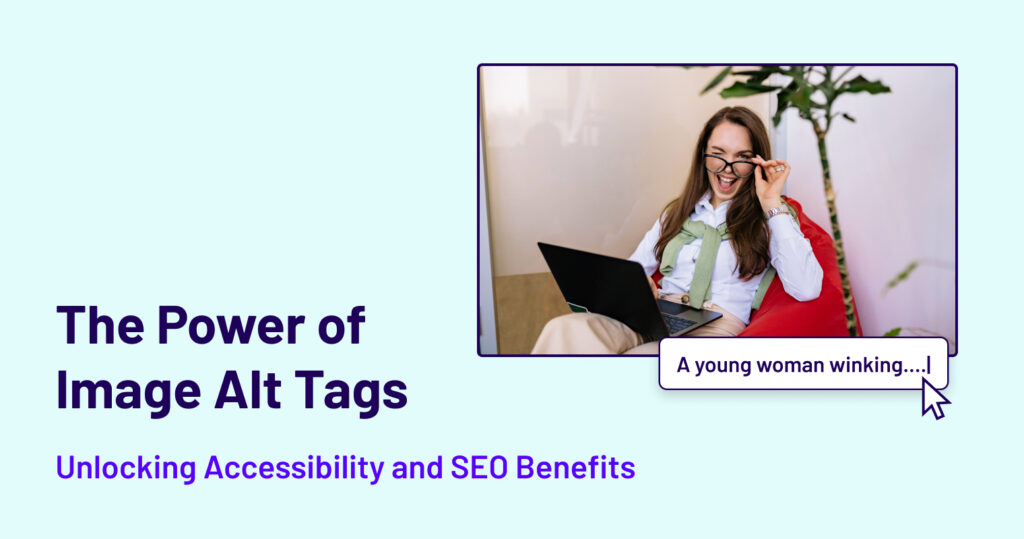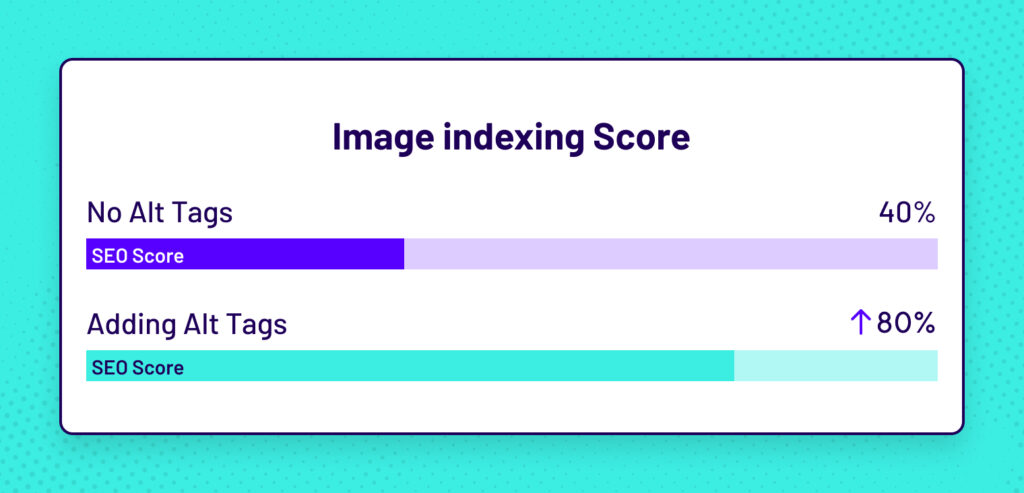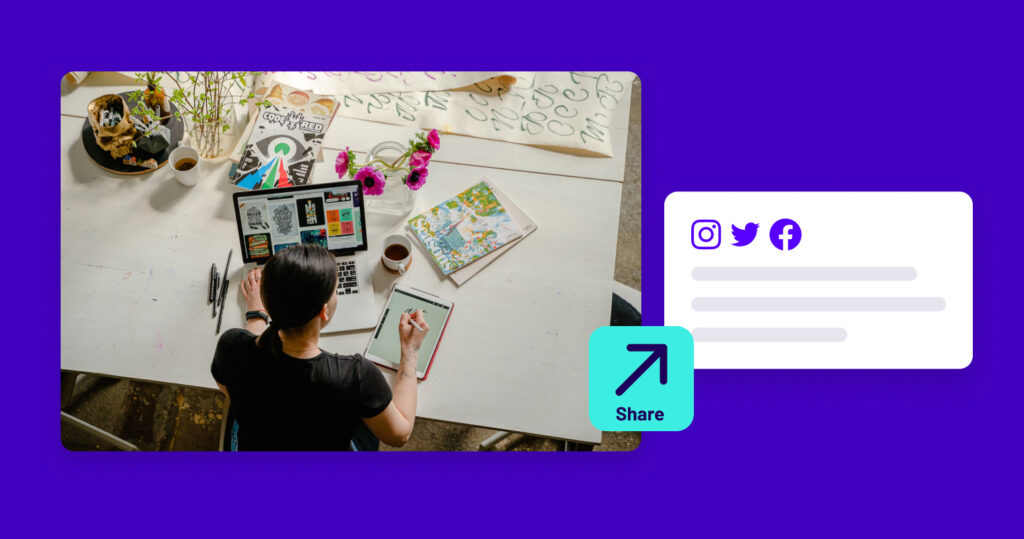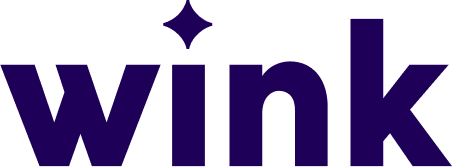
The Power of Image Alt Tags
When it comes to website design and optimization, one crucial aspect often overlooked is the use of image alt tags. Alt tags, short for alternative text, are HTML attributes that provide a textual description of an image. While they may seem like a minor detail, alt tags play a significant role in improving website accessibility and enhancing search engine optimization (SEO). In this blog post, we’ll explore the importance of setting image alt tags on a website and how they can benefit both users and website owners.
Enhancing Accessibility
Website accessibility is a fundamental principle that ensures equal access and usability for all users, including those with disabilities. When individuals with visual impairments or those who use screen readers visit a website, they rely on assistive technologies to understand the content. Image alt tags serve as textual alternatives to images, allowing these users to comprehend the visual elements on a webpage.
By providing descriptive alt tags, website owners can make their content more accessible. The alt text should be concise, accurate, and convey the purpose or meaning of the image. Screen readers will read aloud the alt text, enabling visually impaired users to understand the context and navigate the website effectively.

Improving SEO and Organic Traffic
Search engines like Google and Bing strive to deliver the most relevant and accessible content to their users. While they have made significant progress in understanding and interpreting images, search engines still heavily rely on alt tags to comprehend the visual elements on a webpage.
By using descriptive alt tags, website owners can optimize their images for search engine crawlers. Relevant alt text helps search engines understand the content of the image and index it appropriately, increasing the likelihood of appearing in relevant search results. This can lead to improved organic traffic and greater visibility for your website.
Additionally, alt tags provide an opportunity to include relevant keywords related to the image or the overall content of the page. However, it is essential to strike a balance between optimizing for search engines and maintaining a natural, user-friendly experience. Avoid keyword stuffing or using irrelevant alt text, as it may negatively impact your SEO efforts.
Enhancing User Experience
Alt tags not only benefit users with disabilities but also improve the overall user experience for everyone. Consider situations where images fail to load due to slow internet connections, technical issues, or browser limitations. In such cases, alt tags act as fallback content, providing users with valuable information about the missing visuals.
Moreover, alt tags can assist users in quickly understanding the purpose or context of an image without solely relying on its visual representation. This can be particularly useful for infographics, charts, or diagrams that convey important information. When used effectively, alt tags enhance comprehension and engagement, contributing to a positive user experience.

Social Media and Image Sharing
In today’s digital age, images play a vital role in social media platforms and online image sharing. When images are shared or pinned on platforms like Pinterest, Twitter, or Facebook, alt tags accompany them. The alt text associated with the image will be used as the default description for the shared content.
By setting descriptive alt tags, you can ensure that your images are accurately represented and provide meaningful context when shared on social media. This helps maintain consistency and ensures that your content remains accessible and informative across various platforms.
Unlocking Accessibility and SEO Benefits
Image alt tags may seem like a small component of website design, but their impact on accessibility, SEO, user experience, and social media cannot be overstated. By implementing descriptive alt tags, website owners can make their content accessible to all users, improve organic traffic, enhance user experience, and maintain consistency across different platforms. As you build or optimize your website, don’t overlook the power of image alt tags — they can truly make a difference in reaching a wider audience and creating a more inclusive web
